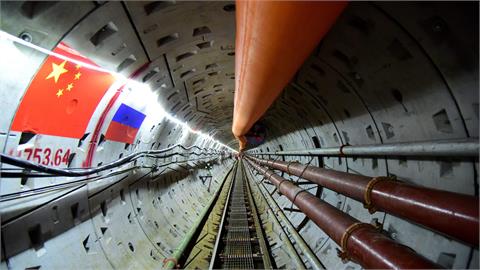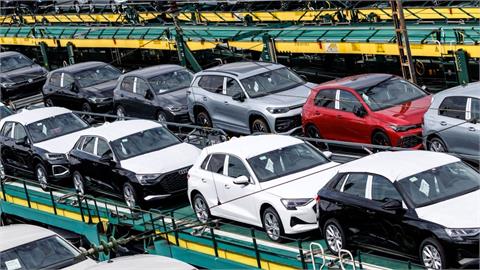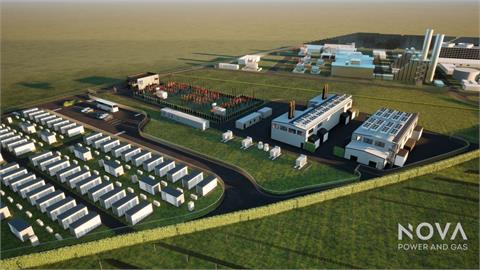With the official start of operations at the 9.9MW Kula wind farm in November, Serbia became a wind-energy producer. As the country set its sights on boosting capacity to 500MW, Serbian energy minister Aleksandar Antic attended the inauguration of Kula in the province of Vojvodina.
"There is interest in Serbia's wind market from equity investors and lenders, turbine manufacturers and suppliers," said Djordje Popovic, a lawyer in the Belgrade office of CMS Reich-Rohrwig Hainz. "Unlike EU countries like Bulgaria, Croatia and Romania, where the best is in the past, Serbia's market is just about to get going."
The Kula wind farm has three Vestas V117 3.3MW turbines and was developed by MK Fintel Wind, a joint venture 54% controlled by Italy's Fintel Energia Group and 46% by Serbian conglomerate MK Group.
MK Fintel Wind said it invested about EUR15 million in the project. It is now building a second wind farm in Serbia — the 6.6MW La Piccolina project in Vrsac, Vojvodina — which it expects to commission this year.
The joint venture's pipeline in Serbia also includes the planned 128.7MW Kosava wind farm sited in Vrsac, north-east of Belgrade.
Continental Wind Partners has been developing the 158MW Dolovo Cibuk I project, which has completed permitting and is being considered for financing by the World Bank's International Finance Corporation and the European Bank for Reconstruction and Development (EBRD). The project is now reported to be up for sale.
As Serbia's wind market prepares to take off, players await the adoption of key secondary legislation to an energy law that came into force at the end of 2014. The key follow-up legislation involves the text of a model power purchasing agreement (PPA), Popovic said. "Hopefully the model PPA will be done in a manner that makes projects fully bankable," he added.
Investors are also looking for a clear and transparent process to reaching the 500MW capacity cap for which an incentive price will be paid, said Popovic, noting that Serbia could reach this level relatively quickly. Secondary legislation will also address the incentive system, although no major change is expected from the feed-in tariff of EUR92/MWh paid for 12 years.
A candidate for EU membership, Serbia forecasts its share of renewable energy in gross electricity consumption will rise to 27% in 2020 from 21.2% in 2009. In the plan, wind is seen reaching the 500MW target in 2019 and accounting for nearly half of Serbia's new renewable capacity to 2020.
(www.windpowermonthly.com)



